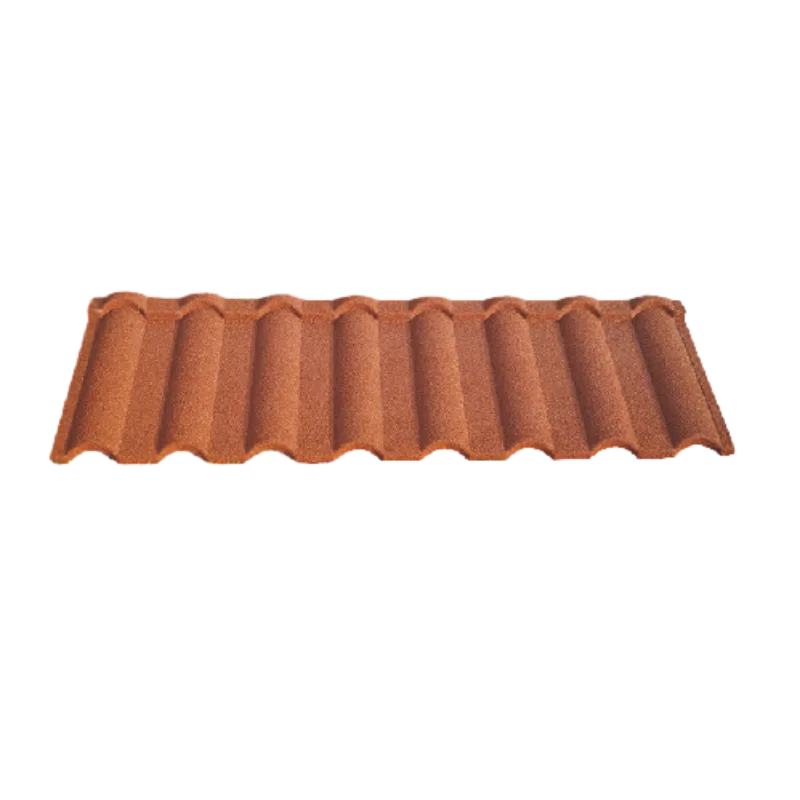
سېنتەبىر . 02, 2024 15:08 Back to list
new roof shingles losing granules
Understanding the Issue of Losing Granules on New Roof Shingles
When you invest in a new roof, you expect it to be a durable shield for your home, protecting you from the elements while enhancing your property’s aesthetics. However, one common issue that homeowners may encounter shortly after installation is the loss of granules from roofing shingles. This seemingly minor problem can have significant implications for the longevity and effectiveness of your roofing system.
Granules are the small, colored stones that cover asphalt shingles. They serve multiple purposes protecting the underlying layers of the shingle from UV rays, providing fire resistance, and contributing to the aesthetic appeal of the roof. However, newly installed shingles may lose granules due to a variety of factors, and understanding these reasons is crucial for homeowners.
One possible reason for granule loss is poor installation. If shingles are not installed according to the manufacturer's specifications, they may not adhere properly, leading to premature granule loss. It’s vital to hire experienced and reputable roofing contractors who ensure that the shingles are installed correctly. Quality workmanship can prevent many issues down the line, including granule loss.
Another factor that can cause granule shedding is a phenomenon known as sanding. During the manufacturing process, shingles may experience a significant amount of abrasion, especially if they are of lower quality. In such cases, granules may come loose soon after installation. Homeowners should consider investing in higher-grade shingles, as they typically offer better durability and resistance to granule loss over time.
new roof shingles losing granules

Weather conditions also play a crucial role in granule loss. Extreme temperature fluctuations, heavy rain, and hail can all contribute to the degradation of shingles. Hail, in particular, can create dents and damage the protective layer of granules. After severe weather events, it is advisable to inspect your roof for any signs of damage. If you notice significant granule loss, it may be indicative of a more serious issue that requires immediate attention.
Moreover, the age of the shingles can impact granule retention. As roofs age, the adhesive bond that holds the granules in place can weaken, and environmental wear can accelerate this process. Regular maintenance, including inspections and debris removal, can help extend the life of your roof and minimize future granule loss.
If you find that your new roof shingles are losing granules, it is essential to act promptly. Contact your roofing contractor for a professional assessment. They can determine the cause of the granule loss and recommend appropriate solutions. In some cases, warranty coverage may apply, allowing for necessary repairs or replacements without incurring additional costs.
In conclusion, while losing granules from new roof shingles can be concerning, understanding the potential causes is the first step in addressing the issue. By selecting high-quality materials, ensuring proper installation, keeping an eye on weather impacts, and maintaining your roof with regular inspections, you can significantly reduce the risk of granule loss and prolong the lifespan of your roofing system.
-
Premium Round Asphalt Shingles: Durable & Elegant Roofing
NewsAug.01,2025
-
Eco-Friendly Clay Tiles | AI-Enhanced Durability
NewsJul.31,2025
-
Durable Shingle Granules for Premium Roofs
NewsJul.31,2025
-
Stone Coated Metal Roof Tile-Roman Tile for Durable Roofing Solutions
NewsJul.30,2025
-
Stone Coated Metal Roof Tile-Wood Grain Tile for Durable Roofing
NewsJul.30,2025
-
Stone Coated Metal Roof Tile-Nosen Tile: Durable, Stylish Roofing Solution
NewsJul.29,2025







